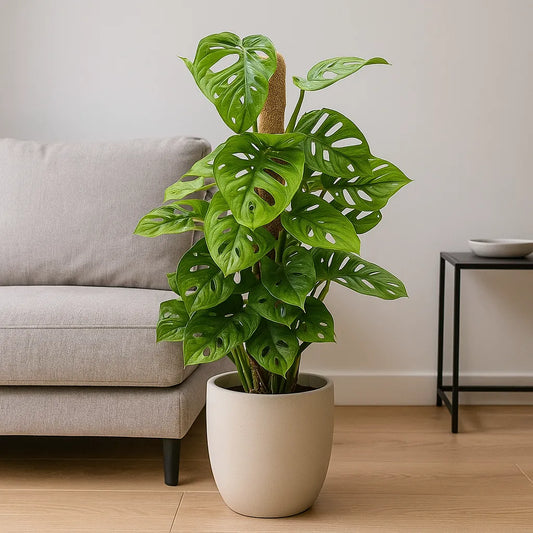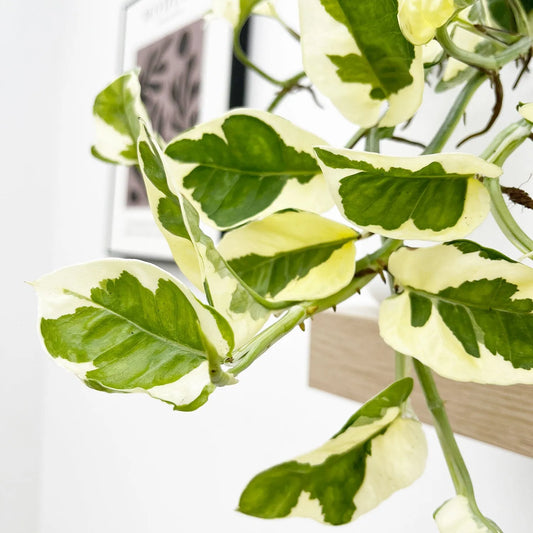Complete guide to fungus gnats on houseplants
Fungus gnats are a common houseplant pest that can not only harm your plants but also prove to be a nuisance in your living space. By learning how to identify, control, and prevent fungus gnats, you can keep your indoor plants healthy and your home free from these irritating insects. This detailed guide will provide you with the essential knowledge to tackle fungus gnats and maintain a thriving, pest-free indoor garden.
- Identifying Fungus Gnats
Accurate fungus gnat identification is crucial for addressing infestations. These small black flies resemble fruit flies, with slender bodies and long legs. Fungus gnats are typically found hovering around the soil surface of houseplants, as their larvae feed on decaying organic matter and plant roots in the top layer of soil.
- The Damage Caused by Fungus Gnats
Fungus gnat damage can compromise your houseplants' health and vitality. While adult gnats are harmless, their larvae can cause damage by feeding on plant roots, leading to stunted growth, wilting, and yellowing leaves. In severe cases, heavy infestations can lead to plant death.
- Controlling Fungus Gnat Infestations
Taking action against fungus gnat infestations is essential to protect your houseplants. Here are some effective methods for controlling fungus gnats:
- Use yellow sticky traps to capture adult gnats and reduce their populations.
- Allow the soil surface to dry between waterings, as fungus gnat larvae thrive in moist environments.
- Introduce beneficial nematodes or predatory mites to the soil to attack gnat larvae.
- Treat the soil with a hydrogen peroxide solution to kill larvae and eggs without harming your plants.
- Preventing Fungus Gnat Infestations Keywords: fungus gnat prevention, proper watering, clean pots
Preventing fungus gnat infestations is key to maintaining a healthy indoor garden. Here are some tips to keep fungus gnats at bay:
- Practice proper watering techniques, ensuring that the soil surface dries between waterings.
- Use well-draining potting mix to prevent overly moist conditions that attract fungus gnats.
- Keep your plants and pots clean by removing dead leaves and debris that can harbour larvae.
- Inspect new plants before introducing them to your home, checking for any signs of pests.
Conclusion: By staying vigilant and employing the right methods, you can successfully protect your houseplants from fungus gnat infestations and keep your indoor garden in top condition. Early identification, prompt action, and a dedication to plant care will ensure your houseplants continue to thrive, free from the threat of these pesky pests. Bid farewell to fungus gnats and enjoy the lush, vibrant beauty of your pest-free houseplants!










